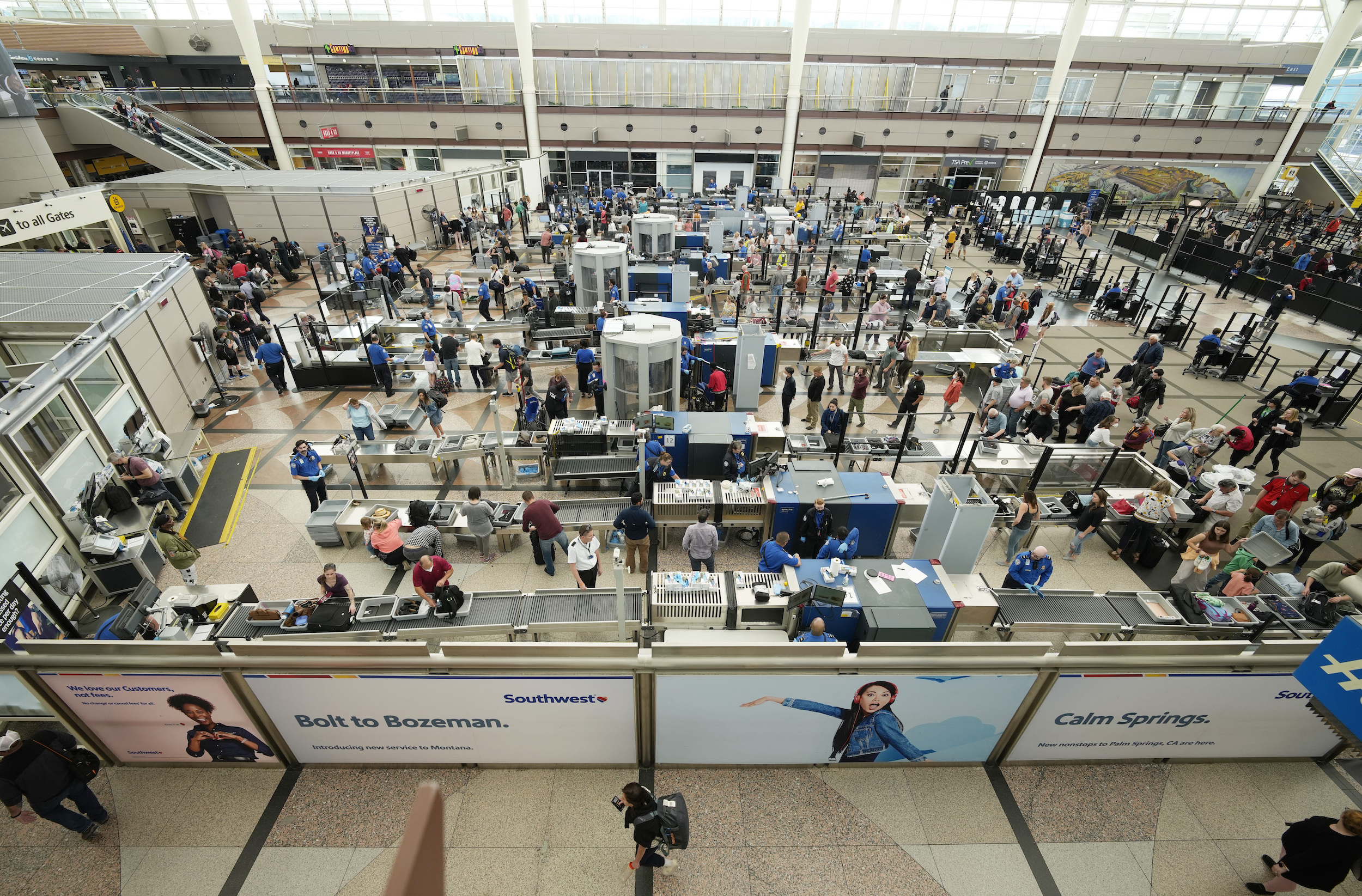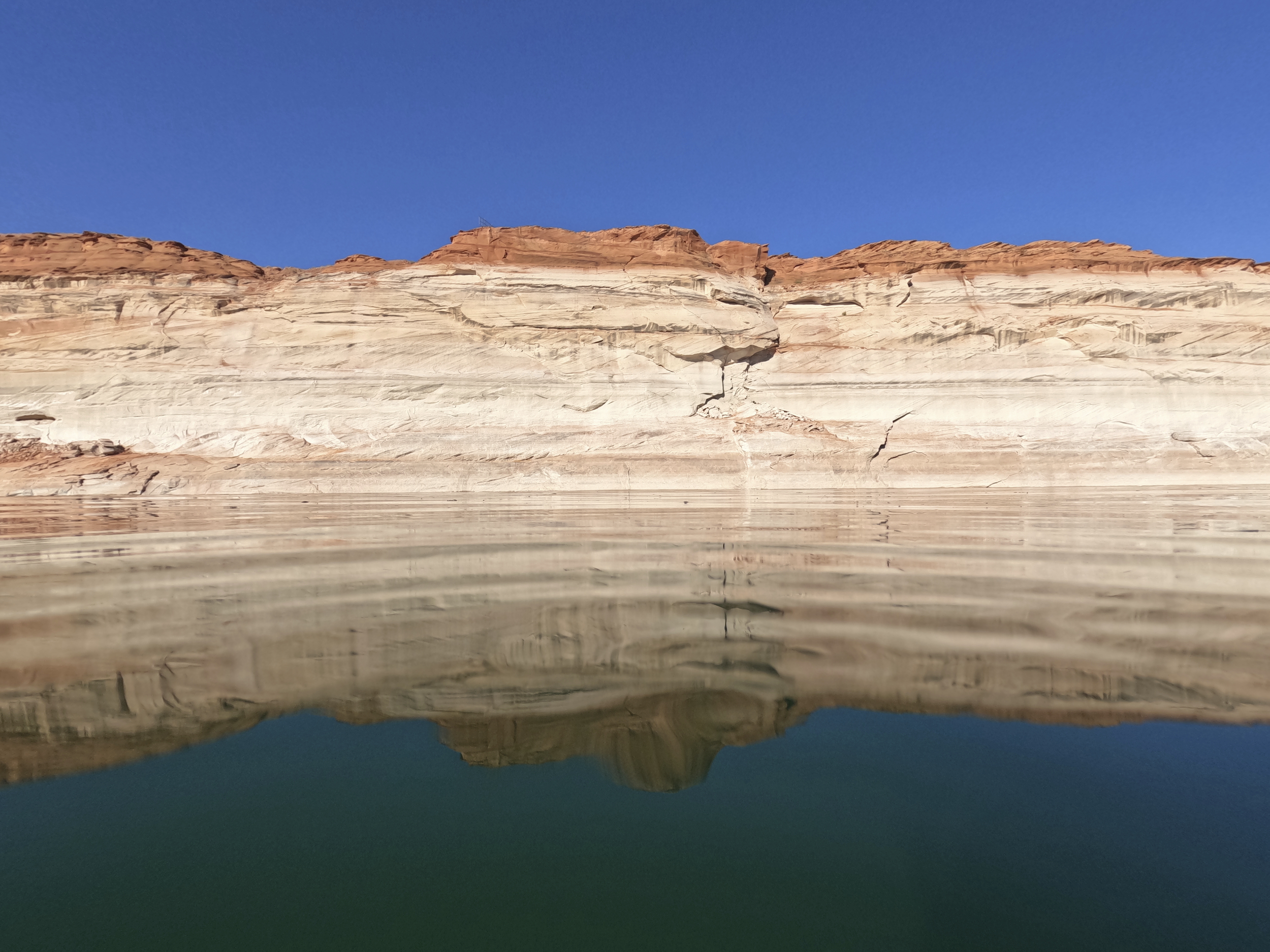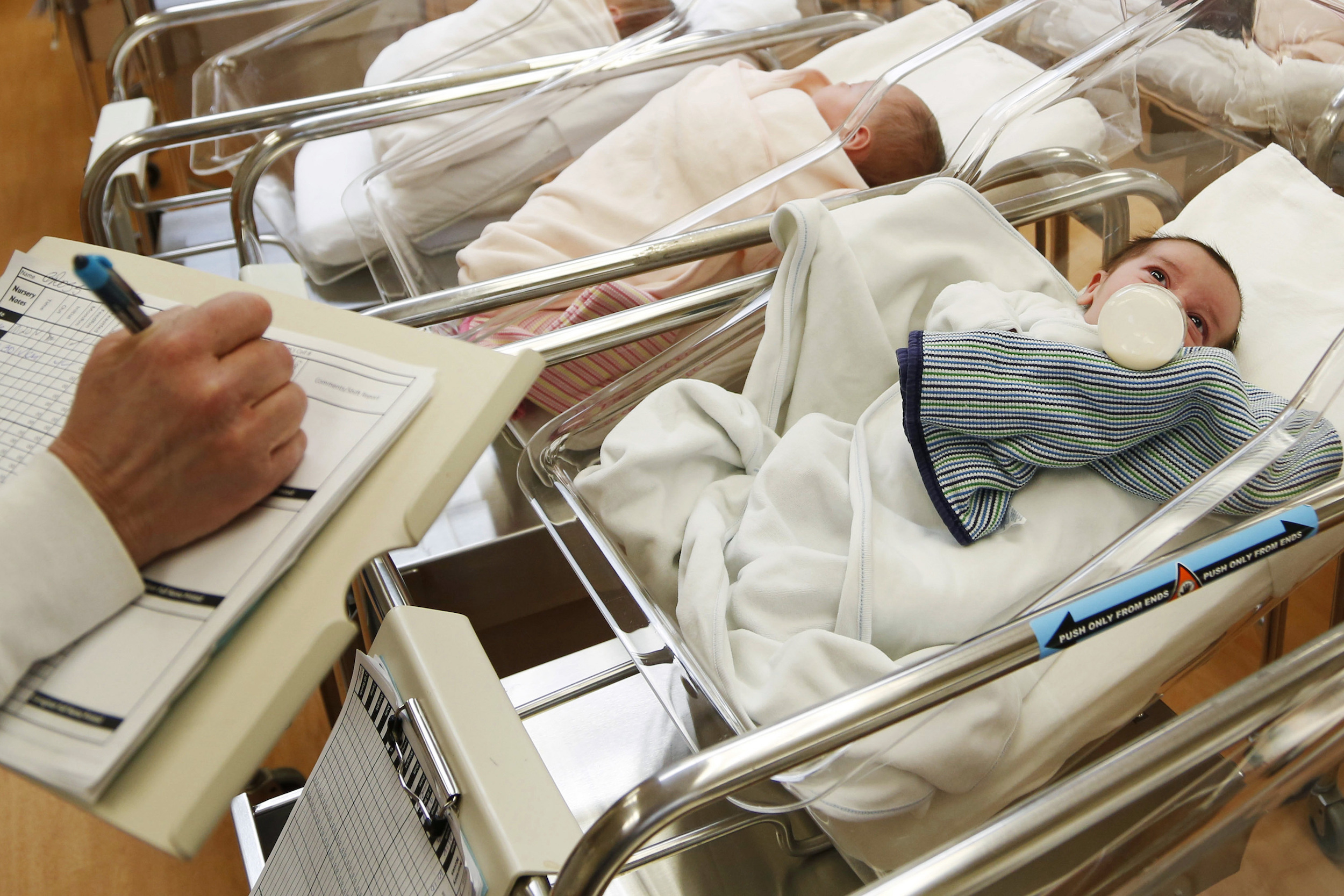 Covering COVID-19 is a daily Poynter briefing of story ideas about the coronavirus and other timely topics for journalists, written by senior faculty Al Tompkins. Sign up here to have it delivered to your inbox every weekday morning.
Covering COVID-19 is a daily Poynter briefing of story ideas about the coronavirus and other timely topics for journalists, written by senior faculty Al Tompkins. Sign up here to have it delivered to your inbox every weekday morning.
The New York Times explores the lonely days around the suburban office parks vacated by businesses that once wanted pastoral landscapes but now value remote work.
Suburban offices built between the 1960s and 1980s were already struggling before the pandemic, with their aging mechanical systems and the changing tastes of millennials. A younger generation wants more urban offices, real estate developers say, or at least suburban offices that feel more urban, with sidewalks and somewhere different to eat lunch every day. But now layer on remote work, “and this might finish it off,” landscape architecture scholar Louise Mozingo said.
Far from downtowns, there is a different kind of emptiness in suburban settings that were already isolated and lightly populated by design. From the outside, it’s hard to know that the 20th floor of a skyscraper has gone vacant. In a suburban office park, the signs aren’t so inscrutable.
Some of the now-vacant office parks around the country will be repurposed into warehouses, schools and affordable housing. In some areas, as the Times points out, a majority of office park space is critically outdated and no longer needed as office space:
(According to) Jones Lang LaSalle data, vacancy rates in the first quarter of this year were higher for suburban offices than for the central business district in Chicago, Charlotte, Detroit, Philadelphia, Tampa and Washington. The firm estimates that 57 percent of suburban office space nationwide is so old as to be functionally obsolete. In the New Jersey suburbs of New York, that figure is 72 percent, among the highest in the nation.
Office vacancy rates nationwide are not as high today as during the heat of the pandemic, of course, but they have not recovered either.
Nashville, Miami and Charlotte are seeing strong demand for office space while West Coast cities are seeing the biggest declines.
An article by the Wharton School of the University of Pennsylvania says:
Wharton real estate professor Joseph Gyourko said it’s too early to predict exactly how the demand for office space will decline because commercial leases generally last five to seven years. But it’s clear that when those leases finally expire, the market will not be the same.
“I strongly suspect what will result is a move to concentration, a flight to quality,” he said during an interview with Wharton Business Daily. (Listen to the podcast above.) “Over the next few years, as tenants start to rethink space needs and their leases rollover, they’ll go into better buildings, and the [worse] buildings will be in trouble.”
Workplaces face the cost of long-COVID
Between 10% to 30% of COVID-19 patients are expected to develop long COVID, according to a recent report from the Government Accountability Office. That means up to 23 million people in the U.S. may have already developed long COVID as of February. Moreover, Brookings Institution research suggests over 1 million workers are out of the workforce at any given time because of long COVID.
The financial burden of that is immense, ranging between $386 billion and $511 billion, according to a report released last month by the Solve Long Covid Initiative. “There is no realistic scenario in which the long Covid impact on American systems, workplaces, and families is small,” Solve’s report finds.
Despite the high prevalence of long COVID, workplaces are largely unprepared to deal with the onslaught. Almost half of workers (45%) report that their employers weren’t accommodating toward employees experiencing long-COVID symptoms, according to survey findings released in April by Power, a patient platform for clinical trials. The survey, conducted in March, polled 1,000 Americans who contracted COVID-19—42% of whom experienced long-COVID symptoms.
The Fortune story points out that a dozen states guarantee some form of paid sick leave. And “five states — California, Hawaii, New Jersey, New York, and Rhode Island — require employers to offer short-term disability coverage.”
Why is airline travel so difficult?

Travelers queue up at the south security checkpoint in the main terminal of Denver International Airport, Thursday, May 26, 2022, in Denver. (AP Photo/David Zalubowski, File)
If you want a simple, quick (and wrong) answer, don’t look here. But if you want to spend a few minutes really understanding why Transportation Security Administration lines are so long, why airlines are canceling so many flights and why budget airlines are less chaotic than others, then The Atlantic has just the article for you.
One way to fight high gasoline prices: Cut public transportation costs
Around 30 million travelers are expected to use extremely discounted public transit tickets in Germany this summer. The government offered tickets good for travel across the country for less than $10 a month. It won’t be the fastest way to get around, but it will be a lot less expensive than driving. The government said it was an anti-inflation, anti-high gas prices and anti-climate change move.
Two months for states to make a western water deal

Bathtub rings show how low Lake Powell levels have dropped Wednesday, June 8, 2022, in Page, Ariz. (AP Photo/Brittany Peterson)
Look at this story lead from Politico:
California and six other Western states have less than 60 days to pull off a seemingly impossible feat: Cut a multi-way deal to dramatically reduce their consumption of water from the dangerously low Colorado River. If they don’t, the federal government will do it for them.
Here is the problem:
Supplies at Lake Mead and Lake Powell are dangerously low, holding just more than a quarter of their total capacities — and threatening the dams’ ability to generate electricity and provide water to its nearly 40 million users. At its highest level, in the 1980s, Lake Mead could have submerged the Empire State Building up to its top floor. Now, water levels have dropped by nearly 200 feet, or 20 stories, exposing a stark white “bathtub ring” around the rocky walls of the perimeter.
The new reality will force the region to shift away from a water source upon which it has relied for centuries, and, in some cases, make tough choices that are sure to ripple nationwide — such as whether to continue alfalfa farming for cattle feed or switch to more drought-hardy crops. The terms laid out in the coming weeks could offer a new blueprint for how America adapts to the increasingly difficult realities of climate change.
At the same time, the Utah Department of Natural Resources and United States Geological Survey announced this week that the Great Salt Lake reached a historic new low level. The Salt Lake Tribune says an ongoing drought means lake levels will fall all summer.
Should governments give newborns baby bonds?

This Feb. 16, 2017, file photo shows newborn babies in the nursery of a postpartum recovery center in upstate New York. (AP Photo/Seth Wenig, File)
Axios included a story I had not heard about called “baby bonds.” The idea is for states or even the federal government to grant babies a bond, like a savings bond, at birth that would grow as the child matures to give them a financial start on life. It may sound out there, but some states are working on the idea, Axios says:
In D.C., qualifying babies start with $500 and receive as much as $1,000 for each year their parents’ income doesn’t exceed three times the federal poverty threshold.
- In Connecticut, babies that qualify for the state’s Medicaid program receive $3,200.
- Massachusetts has set up a task force to explore issuing baby bonds.
- Washington state and New Jersey have also considered proposals. A California bill would create a version of the program for children who have lost a parent to COVID-19.
I had forgotten (if I ever knew) that Hillary Clinton suggested $5,000 baby bonds when she ran for president in 2007. Her idea was that the children could use the bond to pay for college when they turned 18. Clinton’s idea was estimated to cost $20 billion a year. Sen. Cory Booker floated a similar idea when he ran for president in 2019.
Covering loneliness
The Harvard Kennedy School’s terrific Journalist’s Resource column this month focuses on how journalists can cover the issue of loneliness. It might not sound much like a news topic until you dig into the research that says loneliness is connected to almost as many deaths as smoking. Let me give you a few other tidbits from the column to get you interested:
Neuroscience and studies of isolated animals suggest that when left untended loneliness triggers an immune response in the body, sparking cycles of inflammation that can lead to a variety of illnesses, ranging from depression and anxiety to high blood pressure, diabetes, stroke, and heart disease. The resultant state of hypervigilance is associated with shifts in personality and decision-making and puts people at higher risk for cognitive impairment and dementia.
Research suggests that 15-30% of the general population is chronically lonely. In the U.S., before the pandemic, about 19% of adults over age 55 were “frequently” lonely, according to data from the Health and Retirement Study (HRS), which is considered the gold standard of representative surveys and is conducted biennially at the University of Michigan.
Contrary to narratives suggesting a growing rate of loneliness among seniors, the prevalence of self-reported “frequent loneliness” among older adults in the U.S. remained relatively flat from 1998 to 2016, according to a recent analysis by James Raymo, a demographer and sociology professor at Princeton University.
Polling data suggests that the rate of loneliness among older adults spiked during the pandemic, but younger people seem to have suffered from loneliness at even higher rates as a result of social distancing.
The column offers specific advice for journalists who want to cover this topic:
Tips for Reporters Covering Loneliness Among Older Adults
- Know the difference between social isolation and loneliness. Social isolation is defined as an objective lack of social contact, whereas loneliness is the subjective desire to have more or higher-quality social connections than one is currently experiencing. Some people can be socially isolated without feeling distressed, and others can feel lonely despite having regular social contact; it’s rare for people to experience both at the same time. Research suggests that chronic social isolation and chronic loneliness are associated with negative health outcomes, but in different ways.
- Seek sources outside of health care. Clinicians know how to address problems within the confines of the health care system, but loneliness is a social issue addressed by a variety of other community stakeholders. Senior centers, nonprofit support programs, arts organizations, public social services agencies, and others have been confronting and working hard to address the problem of loneliness for decades.
- Tell personal stories. Because the experience of loneliness is personal and varies at the individual level, it’s important to talk to people who are experiencing it, as this can help to reduce stigma and spur policy change. Home meal-delivery services and other local nonprofits serving seniors can be good starting points for finding sources.
- Explain where people can go for help. Many older people who are lonely as well as those who care about seniors experiencing loneliness don’t know where to turn. Urging readers, viewers and listeners in these situations to reach out to a trusted family member, physician or community support worker is helpful, as are lists of resources, such as the Eldercare Locator.
- Check your bias. Because loneliness is universal, people often think back to their own experiences for context, but that can unknowingly introduce bias into the conversation. People tend to remember what helped them overcome a specific bout of loneliness and believe the same solution would be helpful to others. However, because social needs and circumstances vary so much, there is no universally effective intervention for loneliness.
I would add a few other thoughts.
Avoid stereotypical images of seniors sitting in rocking chairs staring out of windows. People can be busy and still lonely.
Find examples of people who have used their loneliness to jump-start themselves into action. Here is one of my favorite stories from Steve Hartman (CBS) about a guy who decided to paint his town that badly needed a makeover. And my friend Boyd Huppert tells us the story of a retired judge who was lonely so he built a backyard pool so neighbors would come by.
Do you want proof of whether people will watch stories like this? The story about the judge was the most-watched story on KARE-11’s website in 2017.
Inspire us with great stories of good people. We need that right now.
We’ll be back next week with a new edition of Covering COVID-19. Are you subscribed? Sign up here to get it delivered right to your inbox.








